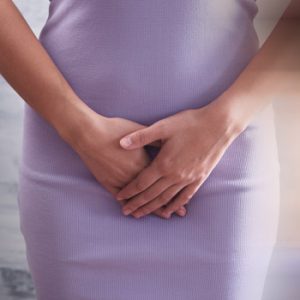Incontinence and Overactive Bladder

Stress Urinary Incontinence
Stress urinary incontinence involves leakage with a cough, sneeze and exercise. The cause is a weakened and poorly supported urethra (urine tube). Treatment options include physical therapy with biofeedback, InterStim, a vaginal device, or surgical therapy (referred). Our doctors will thoroughly explore which treatment is best for you.
Overactive Bladder
Overactive bladder is an often embarrassing condition in which a woman finds it difficult to control the urge to urinate, possibly leading to involuntary loss of urine. Symptoms include urinary frequency, urgency, and leakage.
Treatment options available include bladder training, diet modification, physical therapy, Axonics®
Therapy, Neurostimulation (Urgent PC and InterStim), and medication. In addition, Women’s Pelvic Care offers three third-line treatment options for difficult-to-treat OAB.
Fecal Incontinence
Fecal Incontinence or accidental bowel leakage, is another pelvic floor disorder for which treatment is available, both conservative and surgical (referred). For fecal incontinence due to nerve damage, InterStim and Axonics® Therapy are available treatments (see below) offered at Women’s Pelvic Care.


Incontinence Treatment Options
Urgent PC
Urgent PC is an in non-invasive office treatment for overactive bladder that involves inserting a slim needle electrode near the ankle that is connected to a battery-powered stimulator. The impulses travel up the nerve in the leg to the pelvis and stimulates the nerve that controls bladder function. The initial series is 12 treatments about a week apart and then a treatment once per month to maintain the improvements.
Axonics®
Therapy provides gentle stimulation to the nerves that control the bladder and bowel, which can restore normal control and result in symptom improvement. Learn More about Axonics®
